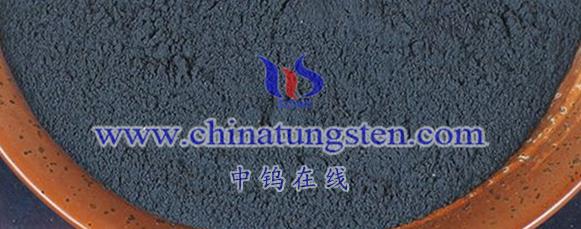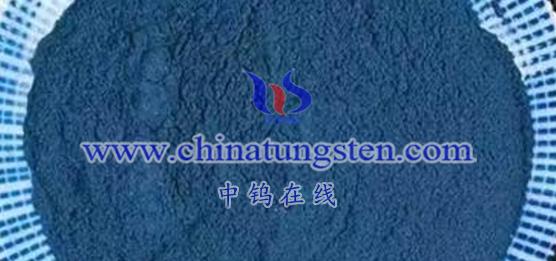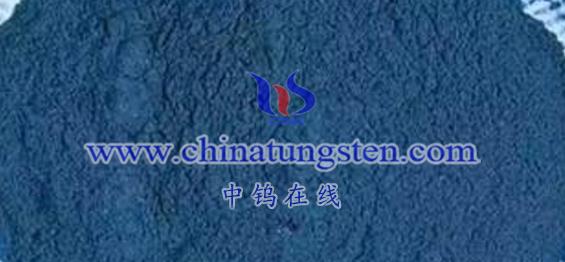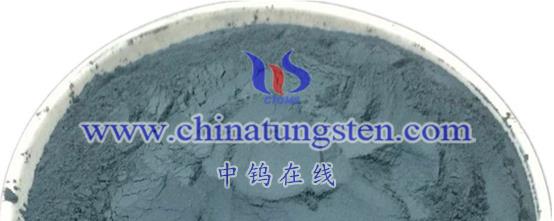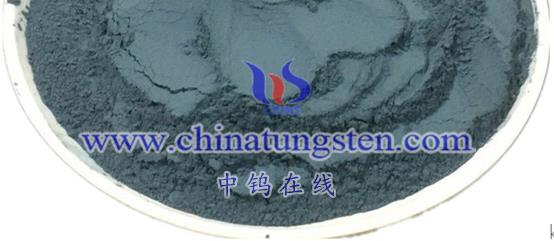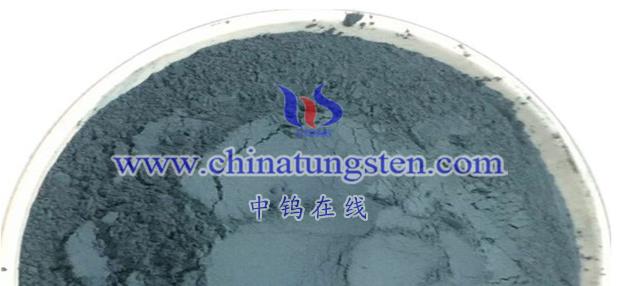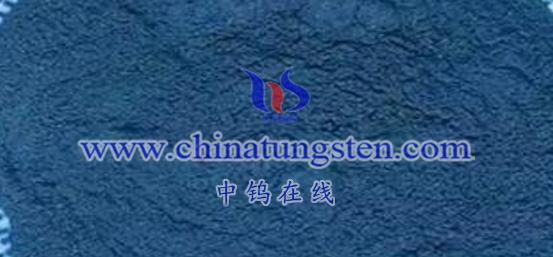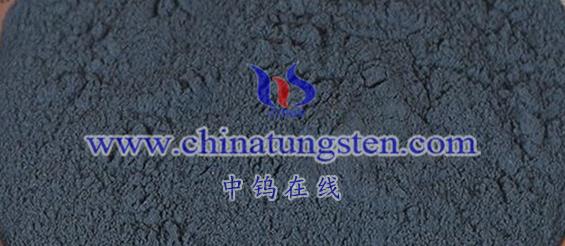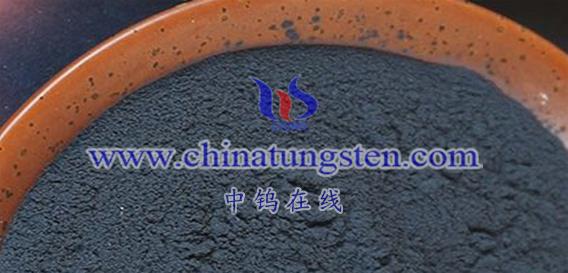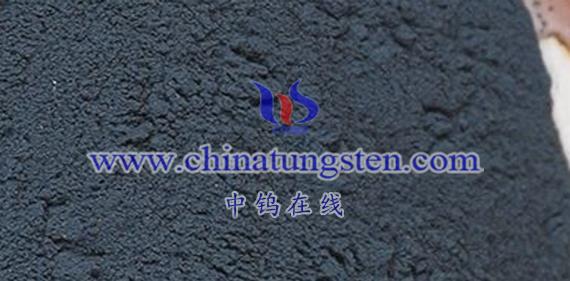
Blue tungsten oxide (BTO) and purple tungsten oxide (VTO) exhibit distinct chemical properties primarily due to differences in their crystal structures and oxygen content. Here’s a detailed analysis of these differences:
- Crystal Structure and Oxygen Content
- Blue Tungsten Oxide (BTO):
- Chemical Representation: Typically represented as WO₂.₉₀ or W₂₀O₅₈.
- Composition: Contains a mix of +6 valence tungsten (W⁶⁺) and +5 valence tungsten (W⁵⁺), indicating a higher concentration of oxygen vacancies. This characteristic leads to increased reactivity and reducing power in chemical reactions.
- Purple Tungsten Oxide (VTO):
- Chemical Representation: Generally represented as WO₂.₇₂ or W₁₈O₄₉.
- Composition: Contains slightly lower oxygen content than BTO, influencing its chemical behavior. The interactions between transition metal ions and oxide ions in its structure contribute to its unique coloration.
- Reactivity
- Chemical Reactivity:
- Both BTO and VTO demonstrate high chemical reactivity, but specific behaviors differ due to their oxygen content and structures.
- BTO: The presence of oxygen vacancies allows for a stronger reducing character and enhanced chemical reactivity. It is likely to participate more readily in reduction reactions.
- VTO: While still reactive, it may exhibit slightly lower reactivity in certain chemical processes compared to BTO.
- Stability
- Thermal and Chemical Stability:
- Both BTO and VTO possess excellent thermal stability, capable of maintaining their structural integrity under high temperatures and harsh chemical conditions. This stability is crucial for applications in catalysis and chemical reactions.
- Oxidation and Reduction Stability:
- Under oxidative conditions, both oxides can be converted to higher valence state tungsten oxides. In reducing conditions, they can be reduced to metallic tungsten or lower valence tungsten oxides.
- The distinct oxygen contents between the two compounds may lead to variations in their oxidative and reductive stability.
- Application-Specific Chemical Properties
- In Optoelectronics:
- Both BTO and VTO show favorable optoelectronic properties, making them suitable for high-performance optoelectronic devices. However, due to differences in their crystal structures and oxygen contents, their specific optoelectronic performances and effectiveness may vary.
- In Catalysis:
- Both types can act as catalysts to facilitate various chemical reactions. However, their differing chemical properties might make them suitable for different types of catalytic reactions and systems. For instance, BTO’s stronger reducing properties might be advantageous in certain reductive catalytic processes.
Conclusion
Blue tungsten oxide and purple tungsten oxide exhibit notable differences in their chemical properties, primarily due to variations in their crystal structures and oxygen contents. These differences endow them with unique advantages and potential in their respective application domains. However, it’s important to consider that specific chemical properties may vary based on experimental conditions, preparation methods, and application environments. Therefore, selection and optimization in practical applications should be tailored to the specific context.
More details of tungsten oxide product, please visit website: tungsten-oxide.com
Please contact CHINATUNGSTEN for inquiry and order of tungsten oxide:
Email: sales@chinatungsten.com
Tel.: 86 592 5129595
